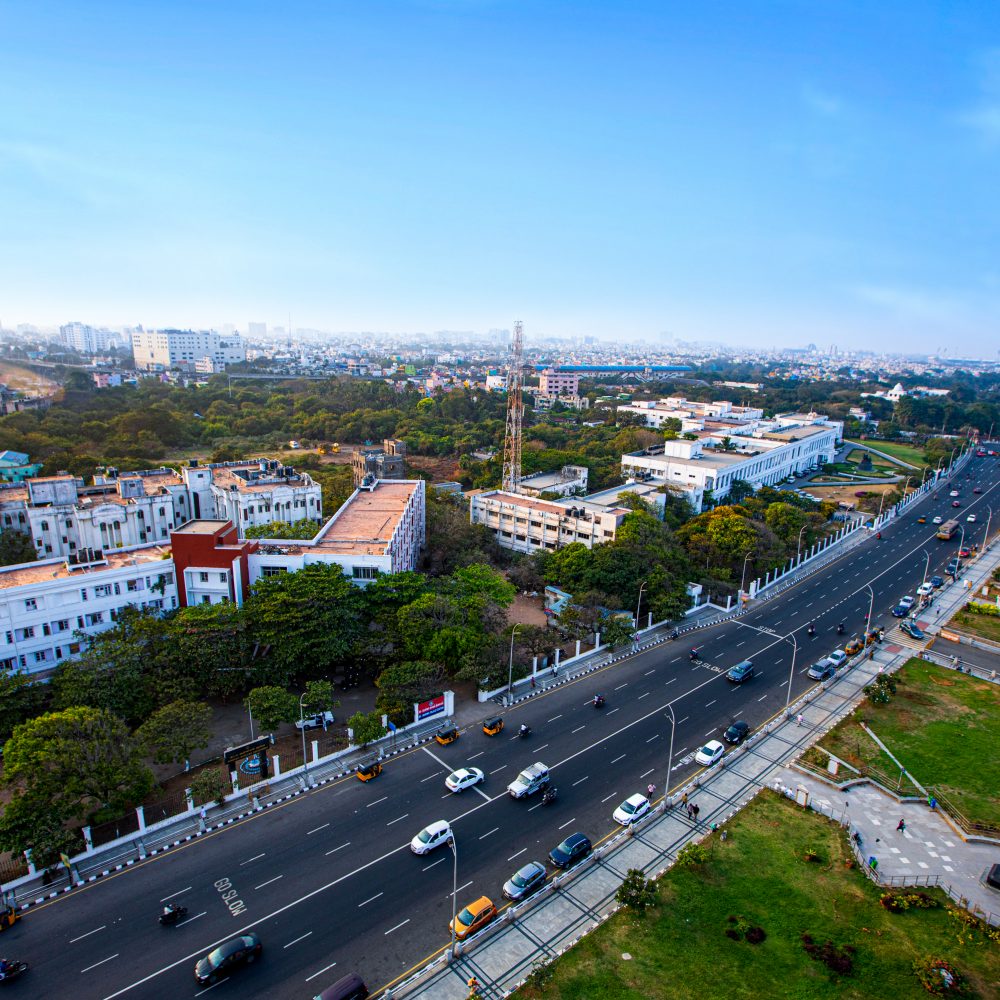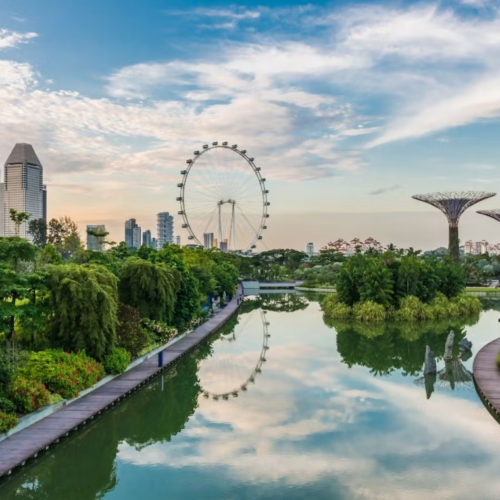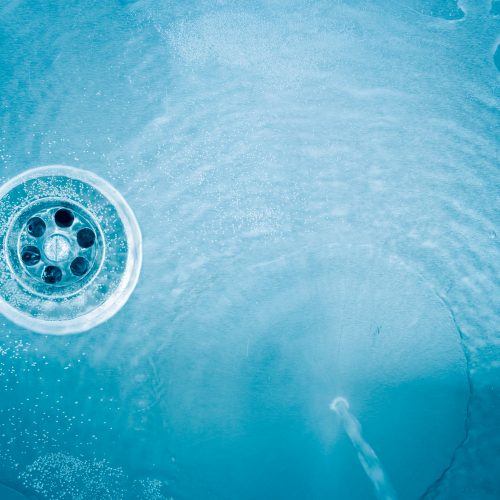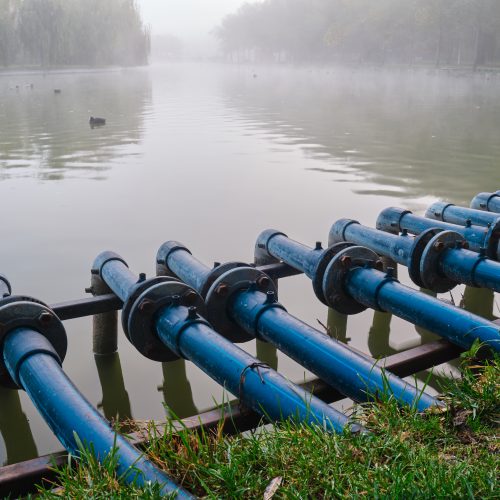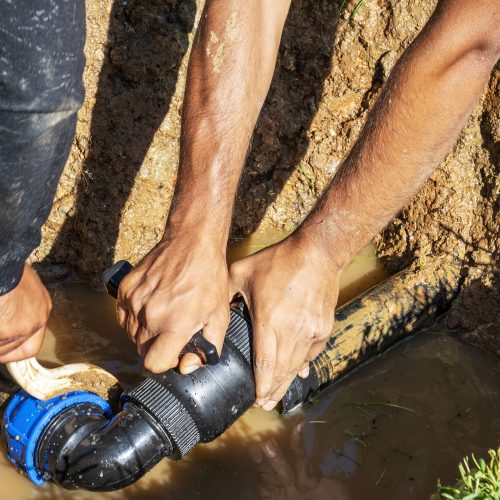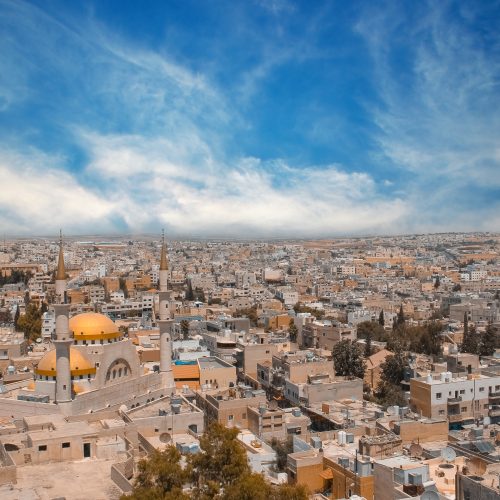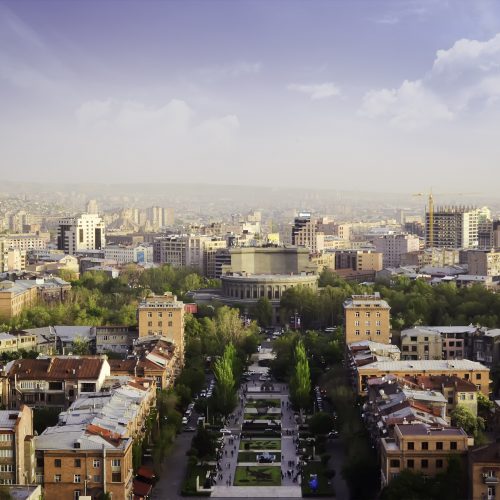Context and policy overview
The city of Chennai in southern India has been experiencing water scarcity due to rapid population growth and a rising demand for energy following higher levels of economic activity. This water crisis presented the Chennai Metropolitan Water Supply and Sewerage Board (CMWSSB) with the challenges of supplying water efficiently to residents, while also ensuring that the local economy and industry were not compromised.[1]
Over several years, city officials passed a set of regulations and bylaws to stabilise and manage water sourcing and use. These aimed to ensure maximum reuse of water and to see that wastewater met the safe quality standards required by the city. The new regulatory framework was complemented by partnerships between the private sector and governmental agencies in order to promote innovation.
The water crisis peaked in June 2019, when Chennai declared “Day Zero”, marking the depletion of water across all of the city’s four main reservoirs. Water was being tankered (or transported via train) from unregulated sources at high costs and to the detriment of rural farming communities.[2]
Implementation
In order to address the rising scarcity of water, changes to legislation were made over many years leading up to 2019. The CMWSSB implemented a water reuse plan and the Greater Chennai Corporation set up a bylaw covering compulsory recycling of wastewater that applied to all stakeholders, including government authorities, the private sector and citizens. These rules stated that all developers should include wastewater recycling in their designs, that water should go through organic filtration for groundwater recharge (except water from toilets, which would go through the sewerage network), and that toilet flushing should use recycled water. In 2002, the CMWSSB implemented a rainwater harvesting programme, under which new or renewed water and sewerage connections had to include systems for harvesting rainwater.[3] Chennai is one of the first cities in India to have educated residents on the importance on rainwater harvesting.[4]
Another priority area for the city has been energy efficiency. In 2010, CMWSSB commissioned six sewage treatment plants. The plants capture and use biogas to power most of their electricity demand.[5]
Another priority has been zero discharge. Industries and manufacturers are now under legislation that requires them to achieve zero liquid discharge from their operations. Wastewater should not be discharged and should be treated for reuse. For example, the CMWSSB treats wastewater and sells it to major industries across the city.[6]
Since “Day Zero”, the CMWSSB has committed to a variety of further measures to reduce the risk of future water crisis events, including:[7]
- reuse of wastewater, by expanding the number of treatment plants in Chennai
- decentralisation of water sources, with a focus on smaller lakes
- an increase in the number of water supply schemes, reducing reliance on tankers
- the provision of sewer connections to new areas
- the collection of sewage from areas where there is no underground sewerage network
- monitoring of groundwater levels
- GIS mapping of the water supply network
- engaging manual scavengers in other work
- upgrading the CMWSSB quality assurance
laboratory.
Results and lessons learned
Integrated water resource management is necessary to achieve long-term resilience, as a single intervention would be too simplistic.[8]
- Through mandatory rainwater harvesting, Chennai has improved its water quality and groundwater levels have increased significantly.
- Chennai has met 15 per cent of its water demand through water recycling, while 8 per cent of treated wastewater is sold to industries. Moreover, some 40 per cent of domestic water demand in newly built houses is met through wastewater reuse.
- Improvements to sewerage networks as a resulting of reduced pressure due to more rainwater harvesting and in situ wastewater reuse systems have saved water across the network.
- Electricity imports and GHG emissions have fallen due to the use of biogas for energy production. The public-private partnership scheme has reduced dependence on the electricity grid by approximately 77 per cent.
- Innovation in wastewater treatment has been incentivised as new markets in this area have been created.








